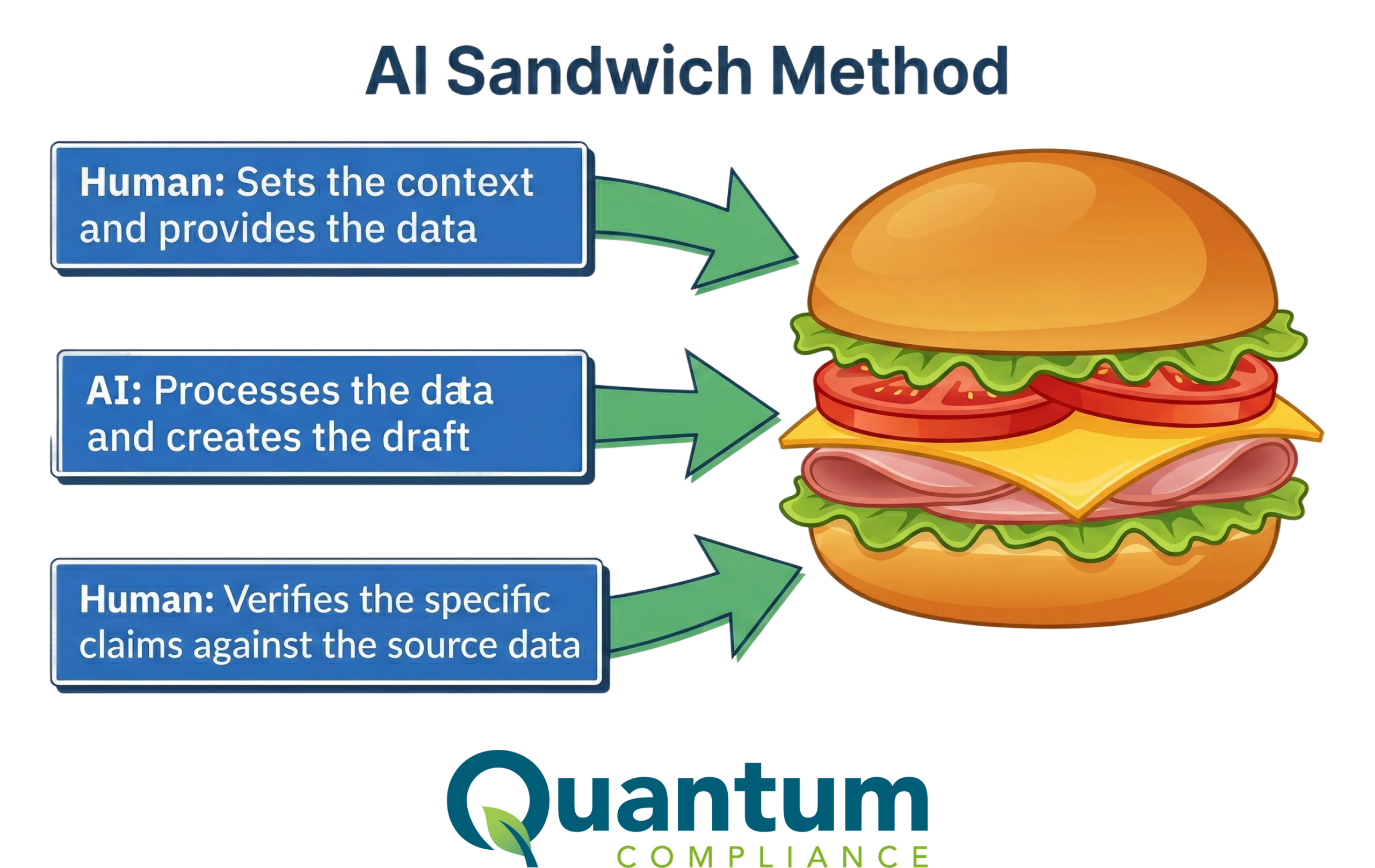You already know you will have to convert all of your existing MSDS to SDS and update your labeling practices under new UN GHS regulations, but you may not be aware of the exact ways in which the Globally Harmonized System has changed. The main changes to the GHS are as follows:
- Material Safety Data Sheets (MSDS) will be renamed Safety Data Sheets (SDS)
- SDS will have 16 required sections
- New GHS labeling practices will have to be followed, such as:
- New hazard class pictograms will be required on labels
- Certain key words and phrases will be required on labels
- Updated employee training rules have to be implemented
Many of these changes fall under the overall 16 section format of the new GHS SDS requirements. The sixteen sections, in order, are:
- Identification of the substance/mixture and of the company
- Hazards identification
- Composition/information on ingredients
- First aid measures
- Firefighting measures
- Accidental release measures
- Handling and storage
- Exposure controls/personal protection
- Physical and chemical properties
- Stability and reactivity
- Toxicological information
- Ecological information
- Disposal considerations
- Transport information
- Regulatory information
- Other information
The hazard class pictograms are a critical part of the 2012 GHS revision, and feature a black symbol representing the hazard classification of the substance or mixture. The label is on a white background in a diamond enclosed by a red border. That symbol will correspond with the hazard classification that can be found on section 2 of the safety data sheet for that substance or mixture. There can be multiple GHS hazard pictograms on one label, representing the different types of hazards of the substance or mixture within.
There are two sets of GHS hazard pictograms: one for transport of dangerous goods and one for workplace labeling/hazard warnings. Within the latter, there are three kinds of pictograms: physical hazards, health hazards, and environmental hazards. All of these are covered under section 2 of the new SDS requirements.
The signal words and phrases also relate to this hazard classification. They explain the pictogram and also give an idea as to the potential severity of the substance or mixture based on its reactions to a number of environments.
By December of 2013, employers should have trained their employees on new GHS SDS regulations. This includes an overview of the general format of the labels and how they should be read and integrated fully into already running company operations.
It should be noted, however, that the Globally Harmonized System is not perfectly standardized across all countries, and so the actual practices for label creation and SDS conversion or production may vary. For example, in the United States, the Occupational Safety and Health Administration’s Hazard Communication Standard (or HCS; the US’s comprehensive legislation regarding GHS hazard labels) does not enforce sections 12-15 of GHS SDS regulations, leaving these under the jurisdiction of other government agencies.
Overall, these changes to the GHS mean that SDS conversion will be a complicated process, so you and your company will need to start as soon as possible to update your MSDS before the June 2015 deadline.







